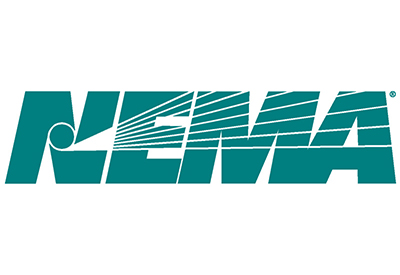NEMA Identifies Best Practices to Help Electroindustry Improve Customer Cybersecurity

Sept 19, 2019
The National Electrical Manufacturers Association (NEMA) published NEMA CPSP 3-2019 Cyber Hygiene Best Practices Part 2, a new white paper that identifies industry best practices and guidelines that electrical equipment and medical imaging manufacturers may consider when providing cybersecurity information to their customers. This paper describes how electroindustry manufacturers and their customers can work together to improve the level of cybersecurity through industry best practices and guidelines.
“Managing cybersecurity is a coordinated effort between the manufacturers that build cyber-secure products and systems and their customers who follow good cyber-hygiene practices,” said Jim Gilsinn, formerly the Principal Engineer for Industrial Control Systems and Cybersecurity at Kenexis. “The practices and guidelines described in this document are meant to help customers effectively manage their cybersecurity expectations as they utilize manufactured equipment within the context of their respective markets (e.g., commercial and residential buildings, industrial equipment, the electrical grid, hospitals, and surface transportation).”
“Combined with the original Cyber Hygiene Best Practices document that addresses best practices for improving cybersecurity for electrical manufacturing facilities, this paper becomes a valuable tool in the ever-expanding IoT ecosystem,” said NEMA Industry Director Steve Griffith.
NEMA CPSP 3-2019 is available as an electronic download at no cost on the NEMA website.
Go HERE for Part One of Cyber Hygiene Best Practices









![Guide to the Canadian Electrical Code, Part 1[i] – A Road Map: Section 52 — Diagnostic imaging installations](https://electricalindustry.ca/wp-content/uploads/2022/11/Guide-CE-Code-2.png)






